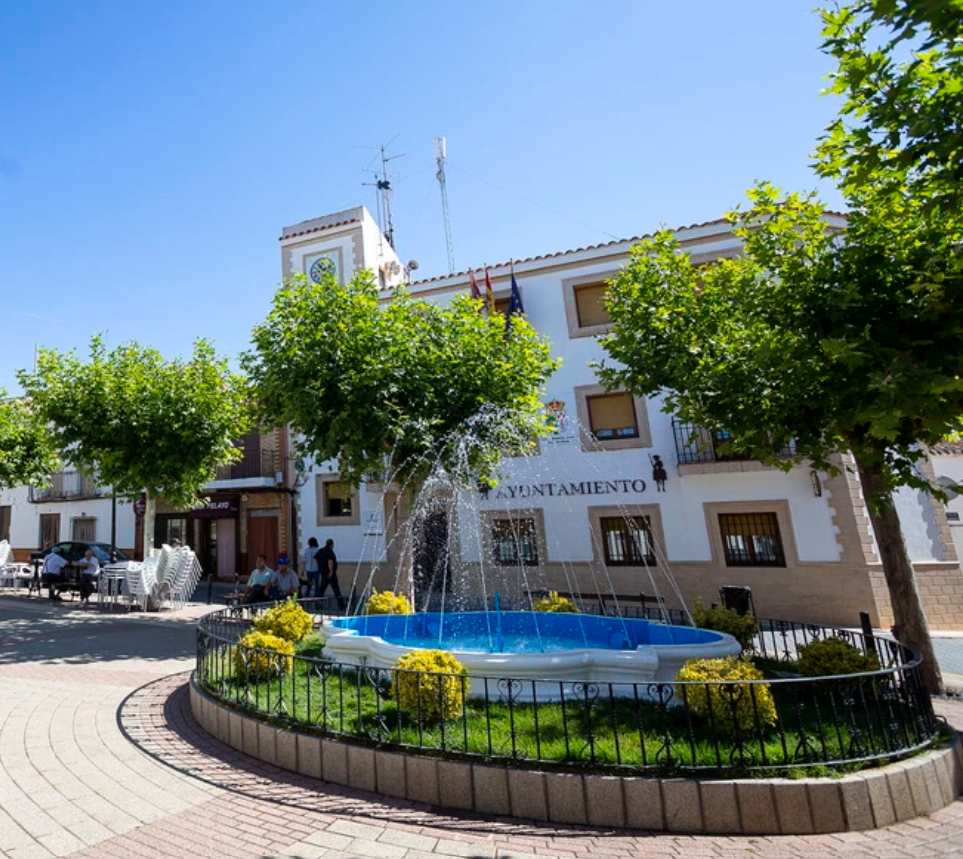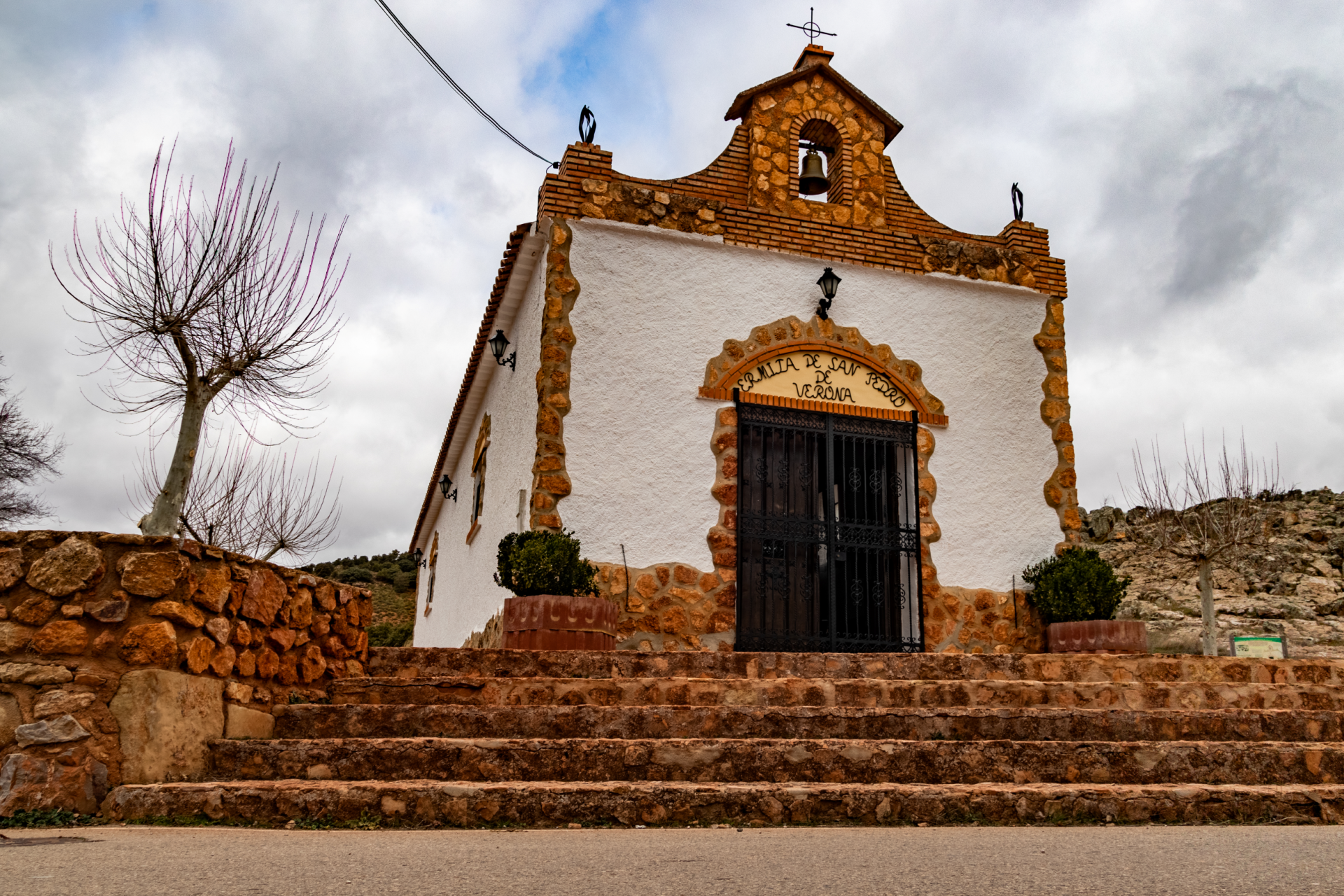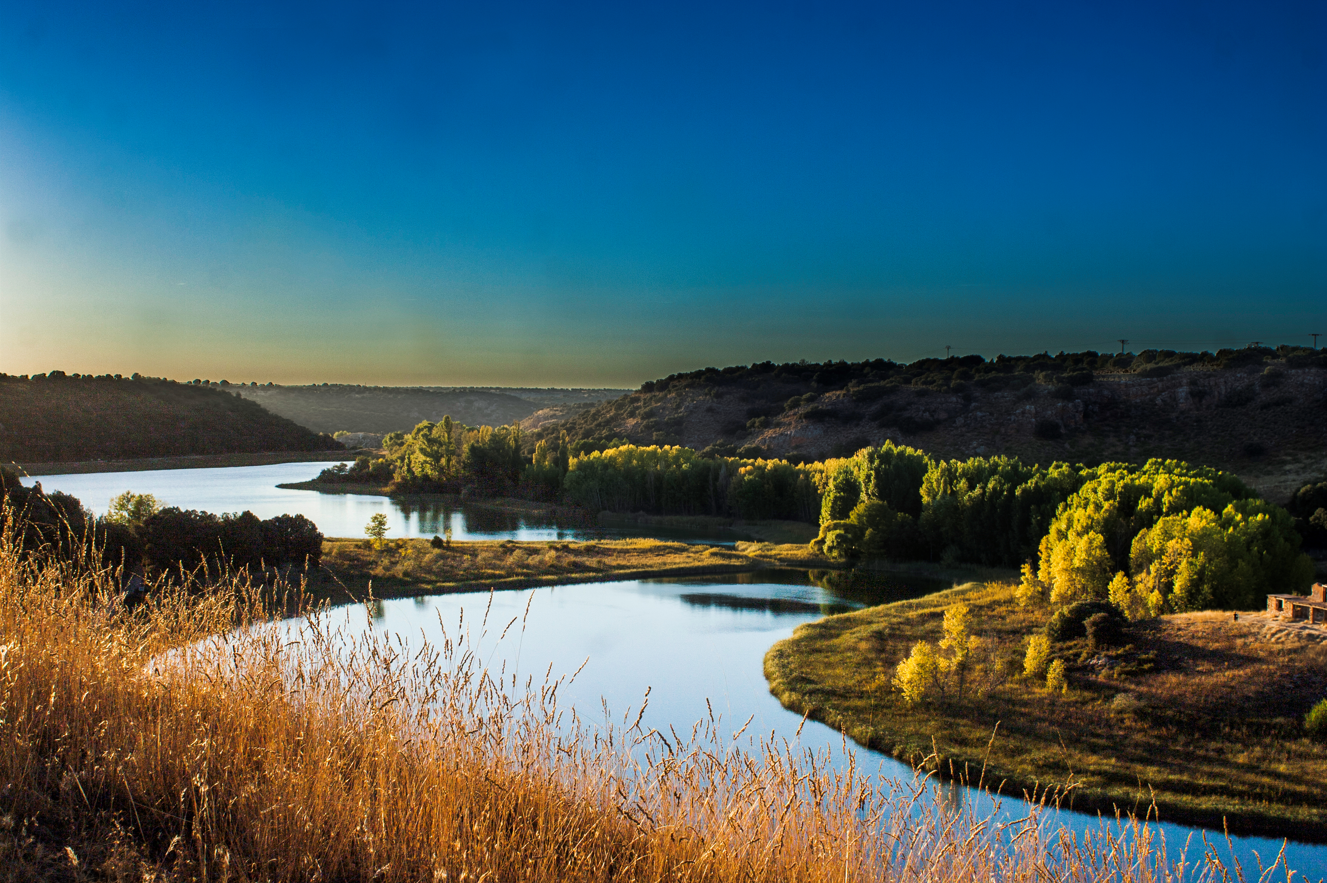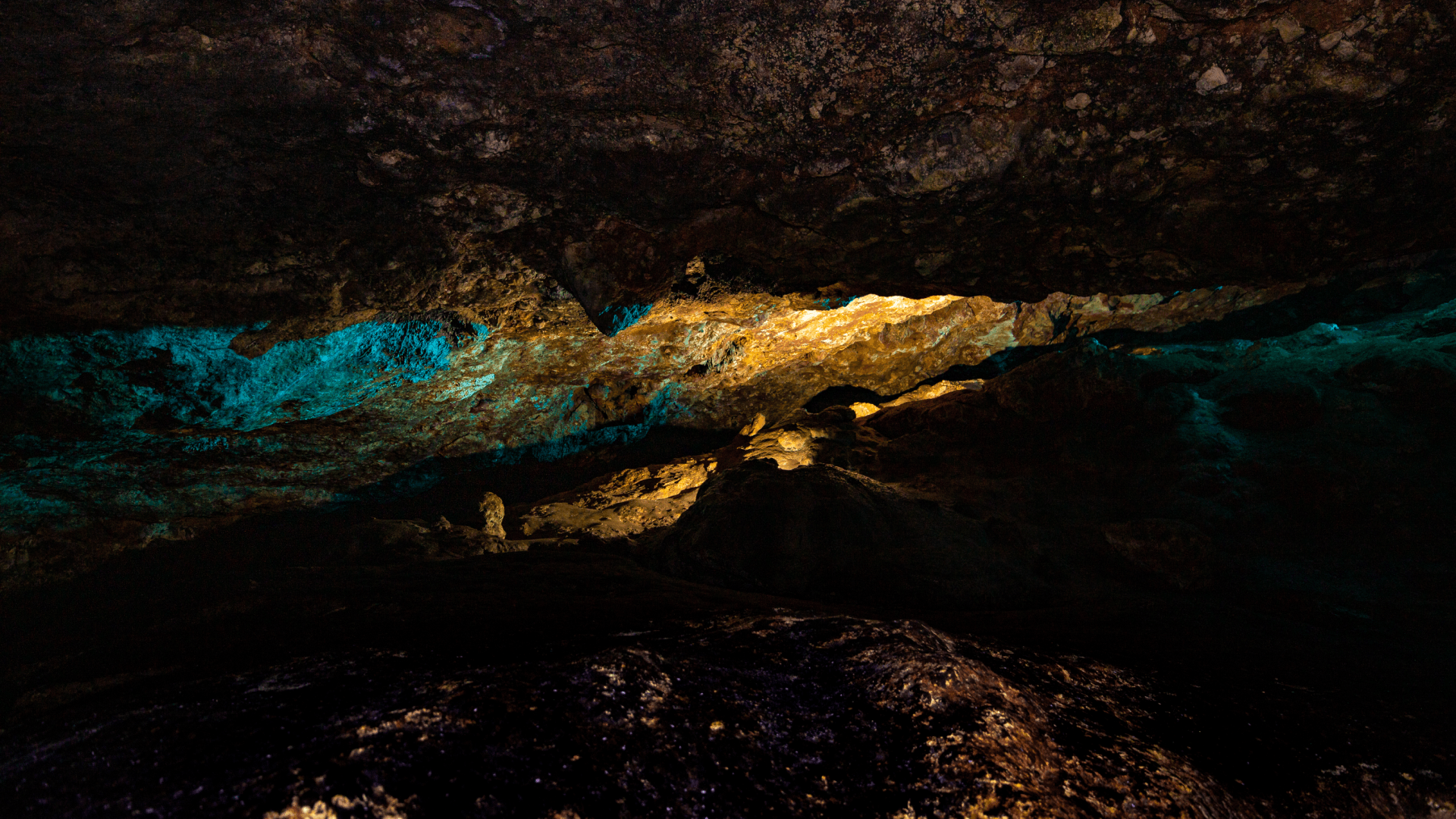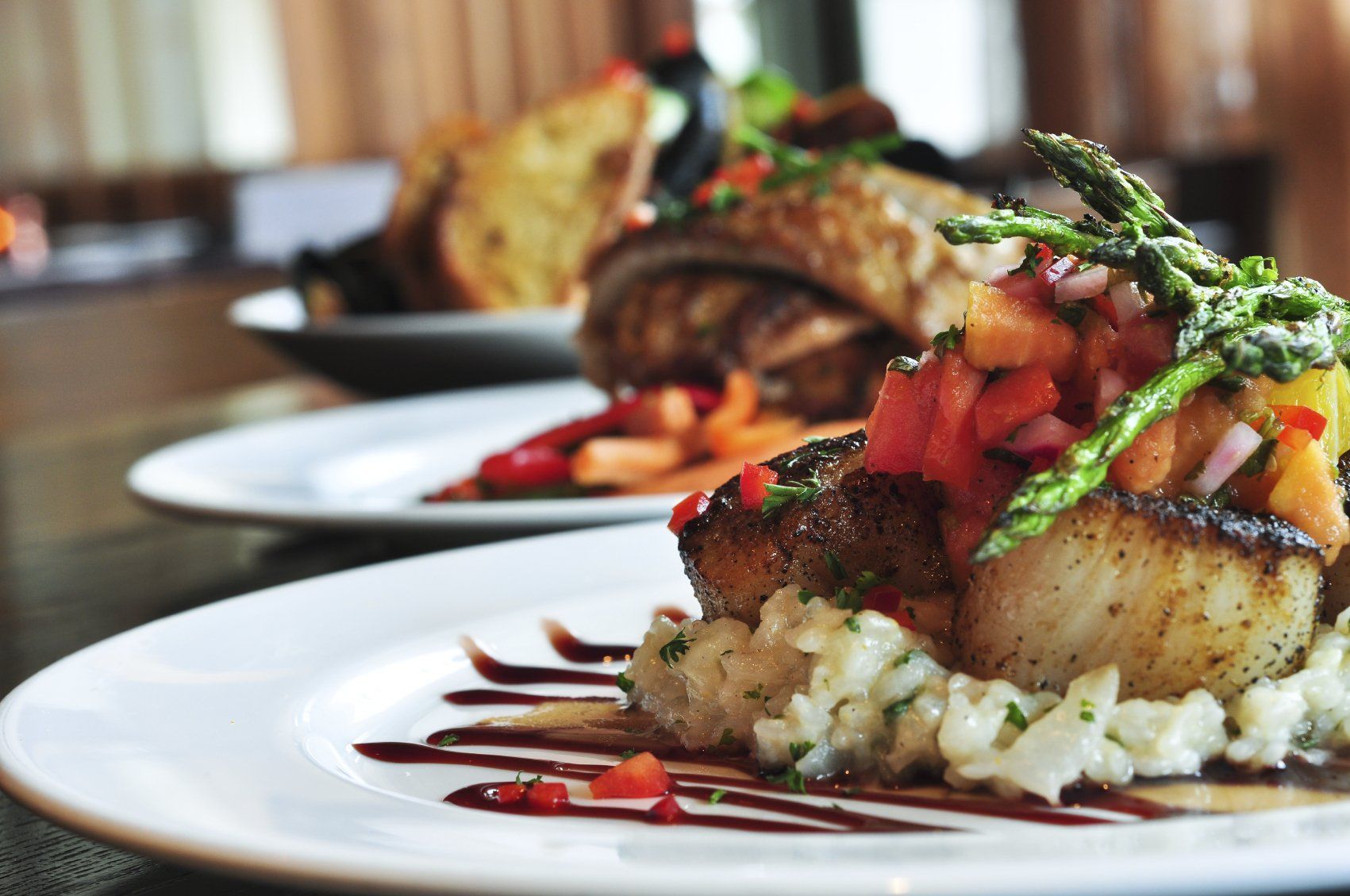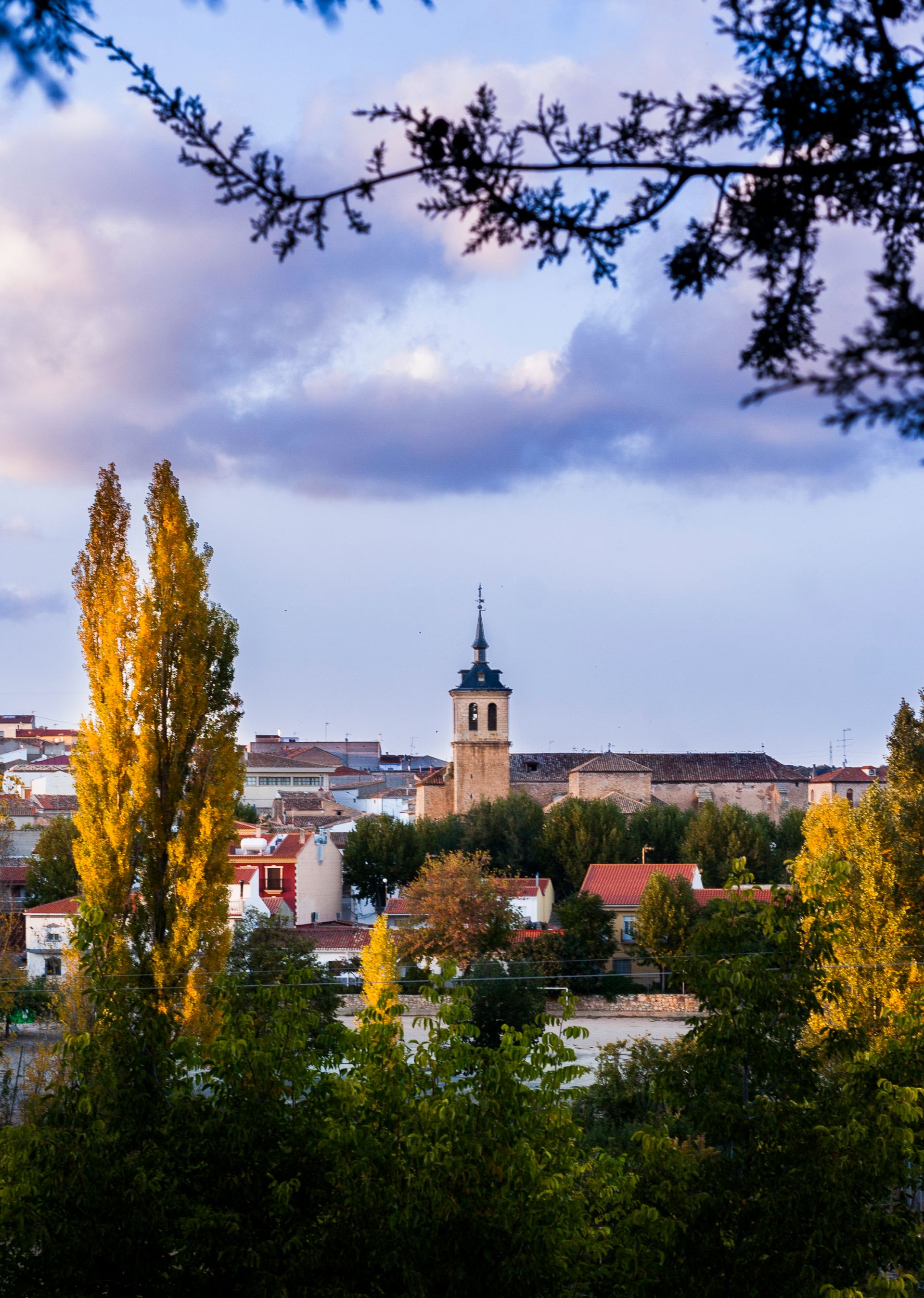Ossa de Montiel
The Village
Ossa de Montiel is located in the very heart of La Mancha, within the historic Campo de Montiel and in the middle of the route of Don Quixote, where the adventures of the most famous Hidalgo, Don Quixote de la Mancha, take place. Located in the west of the province of Albacete, around 2250 inhabitants, at an altitude of 901 meters, 24,000 hectares of irregular relief and more than 15,000 hectares occupied by junipers, oaks, rosemary and juniper. It attracts many hunters due to the abundance of red partridge, rabbits and hares.
Cereal, vines, abundant small game hunting and its tourist infrastructure are its main economic resources. The basis of the gastronomy in this town revolves around the Manchego lamb and wild game, with ancient recipes, prepared in a multitude of ways and with the foundation of the regional cuisine. Small wild game is very important, especially partridge, rabbit or hare. Typical products include Manchego cheese, pisto, marinated partridge or partridge with beans, fried rabbit with garlic or tomato. Other typical dishes are the galianos or gazpachos manchegos, porridge, migas, aparejo, homemade sausages and lomo de orza.
Things to See
The most important heritage elements of Ossa de Montiel are its parish church Santa María Magdalena (a church that belongs to the Final Gothic period, perhaps from the early sixteenth century), the Castle of Rochafrida (a castle of Muslim origin built in the twelfth century and fell into Christian power after the Battle of Navas de Tolosa in 1212), and the Rollo-Picota (along with that of the town of El Bonillo are the only ones that exist in the region). It is also worth mentioning the Hermitage of San Pedro, located next to the local road that goes from Ossa to the lagoons in the place called San Pedro, an area of pilgrimage and worship since ancient times.
The Ethnographic Museum offers a journey through the culture, uses and customs of those who have populated the northwest of La Mancha de Albacete. It shows those activities that have especially conditioned the way of life of the people and that with the passing of time have shaped the current reality. The visitor will also be able to contemplate the Cuevas del Champiñón (Mushroom Caves), dedicated to its cultivation, today reconverted into an ethnographic interpretation center of our town and surroundings.
Especially important is the Cueva de Montesinos, a karstic cavity of about 80 meters deep generated by dissolution processes that rainwater have originated in the rocky area, with a small river inside. Famous because Miguel de Cervantes in his Don Quixote de la Mancha placed in the depths of this cave the most famous enchantment in the history of literature. Finally, a visit to the Ruidera Lagoons is a must, one of the most interesting and beautiful natural wetlands of the Peninsula, characterized by the waterfalls that link some lagoons with others.
Festivities
The main festivities of Ossa de Montiel throughout the year are:
- Pilgrimage of San Pedro Mártir de Verona: On Easter Sunday, is when the Saint is taken to the hermitage and transferred to the Parish Church of the town, remaining until April 29, when the image is returned to the hermitage. On both occasions, pilgrimages are held in the place of San Pedro.
- Luminarias de San Pedro: During the nights when the saint remains in the village (April 21 to 28), tradition dictates that eight luminarias (bonfires) are made in honor of San Pedro, and according to the elders, this was done so that the vines would not freeze. For the last of the luminarias, the village authorities, together with the music band, visit each luminaria and play in honor of the Saint.
- Pilgrimage of San Pedro Mártir de Verona: On April 29 is the date on which the image is returned to the hermitage. On this occasion the pilgrimage is also celebrated in the place of San Pedro.
- Fair and Festivities of the town: From August 16 to August 22, bullfighting, music, contests and sports competitions make up the offer of this fair and festivities of the town of Ossa de Montiel.
- Festivities of San Miguel Arcángel: On September 29 there is a procession to celebrate San Miguel Arcángel, a date on which the town's festivities used to be held, but were moved to August so that the emigrated inhabitants could attend.
Cueva de Montesinos
The Cueva de Montesinos (Montesinos Cave) is a karstic cavity about 80 meters deep generated by dissolution processes that rainwater have originated in the rocky area. In its interior there is a small river. Large blocks of stone are partially obstructing the entrance, but there is still enough space to enter the subway enclosure, practically upright. From the middle of the cavity appears the widest area known as the Great Room, from whose ceiling a multitude of bats have been found. Inside it, remains of tools have been found, which show human activity since ancient times.
Miguel de Cervantes in his brilliant work The Ingenious Hidalgo Don Quixote of La Mancha placed in the depths of this cave the most famous enchantment in the history of literature. All the popular legends that revolve around this location have their beginning in chapter XII of the second part of Don Quixote and have returned to the spotlight on the occasion of the commemoration of the fourth centenary of the death of Miguel de Cervantes. In the book, the brave and mad knight arrives at the cave accompanied by his squire Sancho Panza and a guide, coming from the Wedding of Camacho, in Munera.
Ruidera Lagoons
On the border of the provinces of Albacete and Ciudad Real, and in the middle of the extensive Campo de Montiel, we find, almost without warning, an oasis of water and vegetation; the Natural Park of the Lagunas de Ruidera, in whose highest point, the Cabeza de San Pedro, we find the Castle of Rochafrida and the Cave of Montesinos.
In an area of 4000 hectares are distributed sixteen lagoons that in steps form waterfalls and torrents that go from the first springs that emanate in the Blanca Lagoon to the low lagoons and the Peñarroya Reservoir. In spring, the exuberant colorful abundant and varied vegetation, receives a countless number of waterfowl. The water reaches its maximum flow at this time and flows from one lagoon to another forming in some cases small waterfalls.


